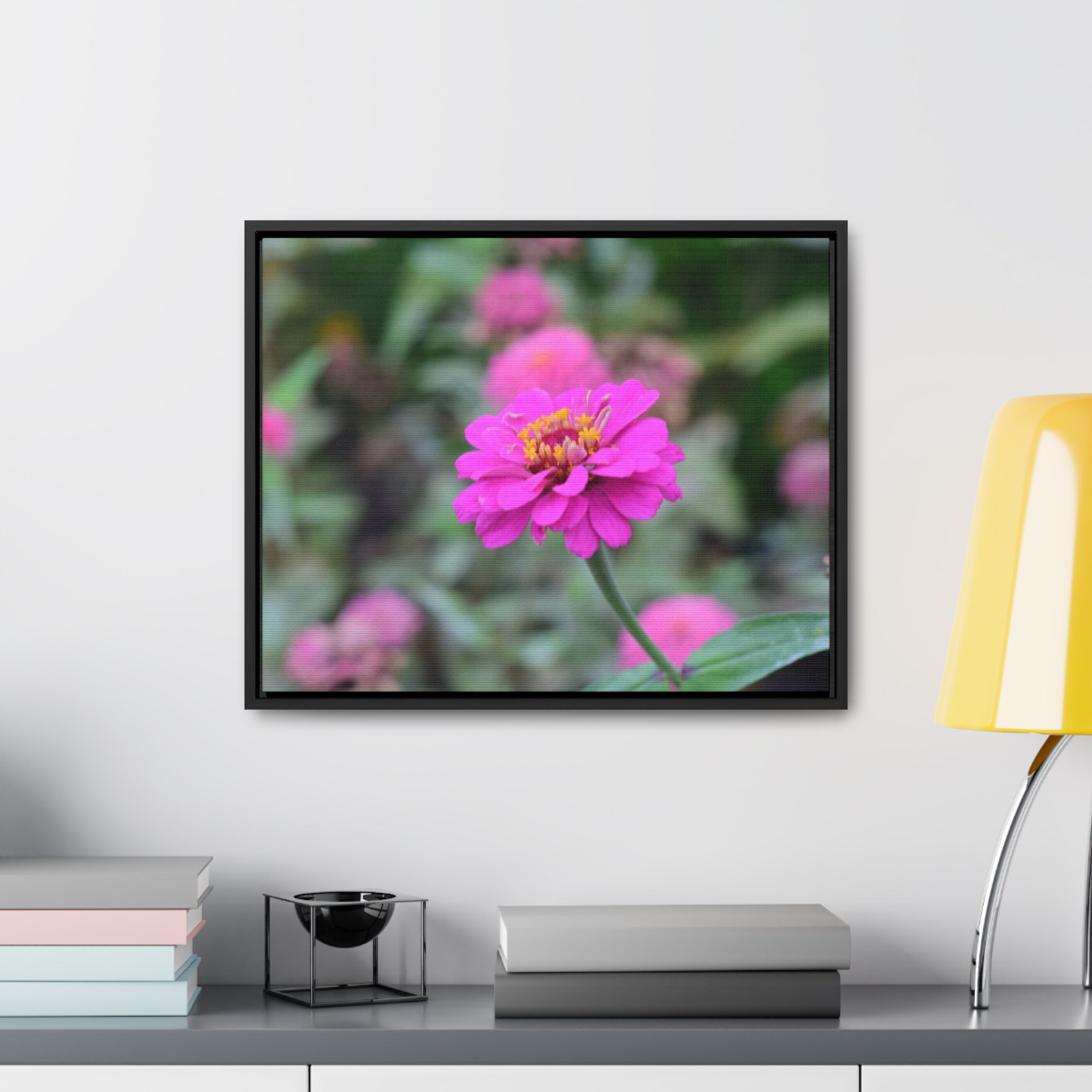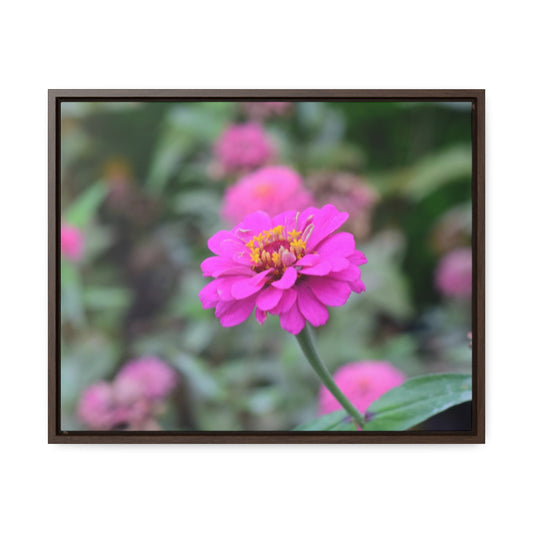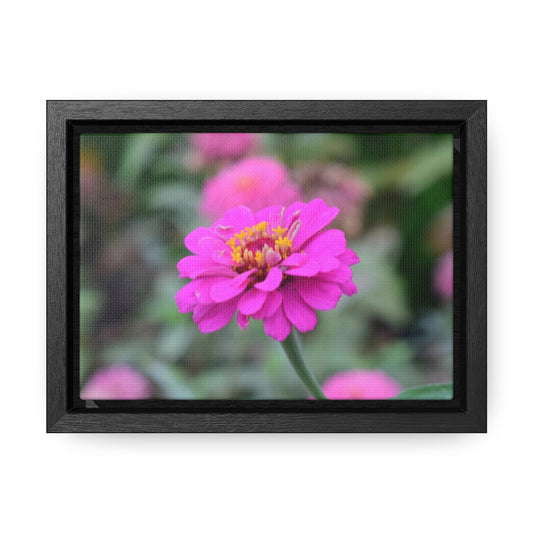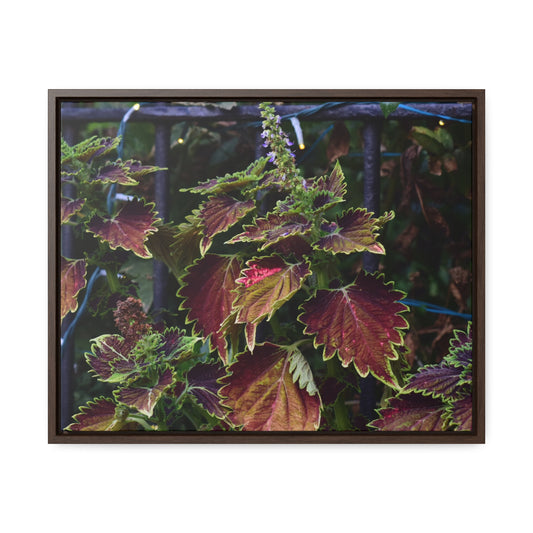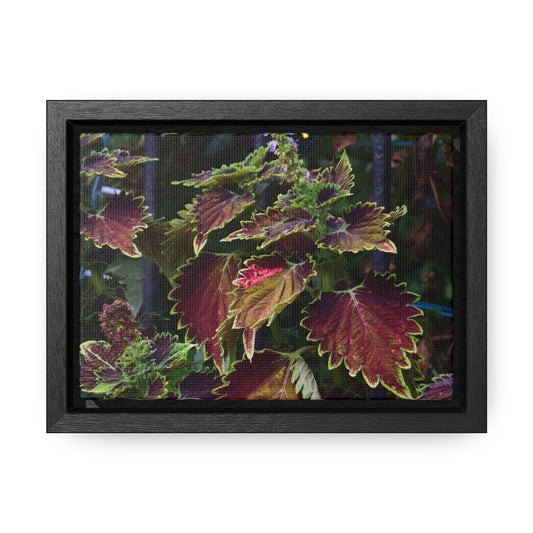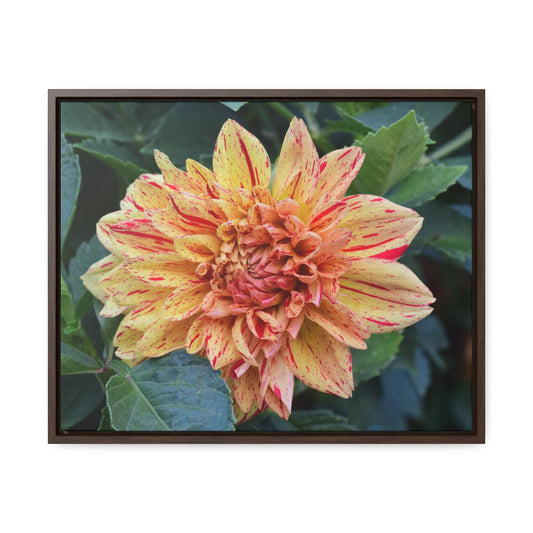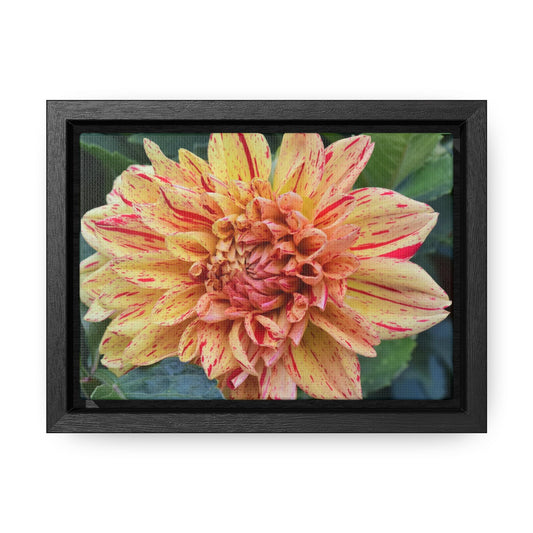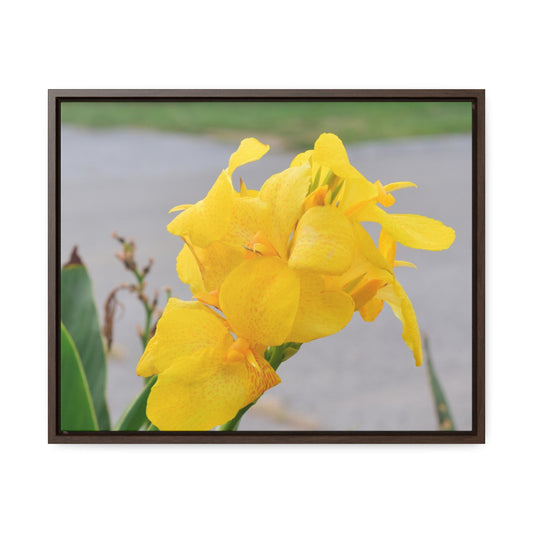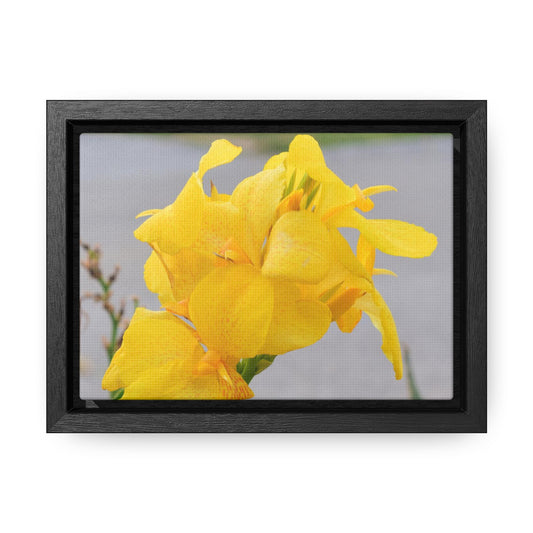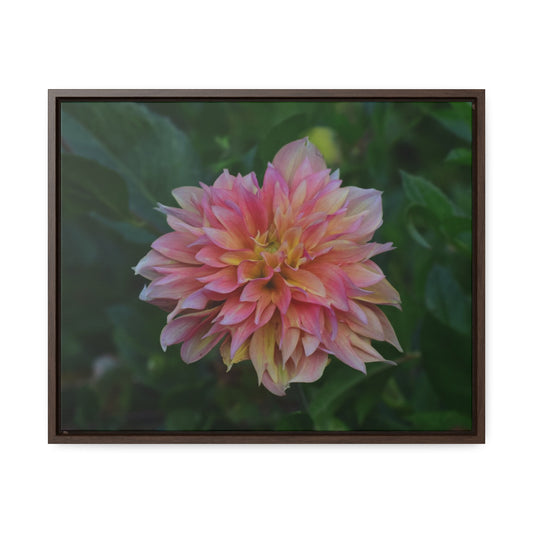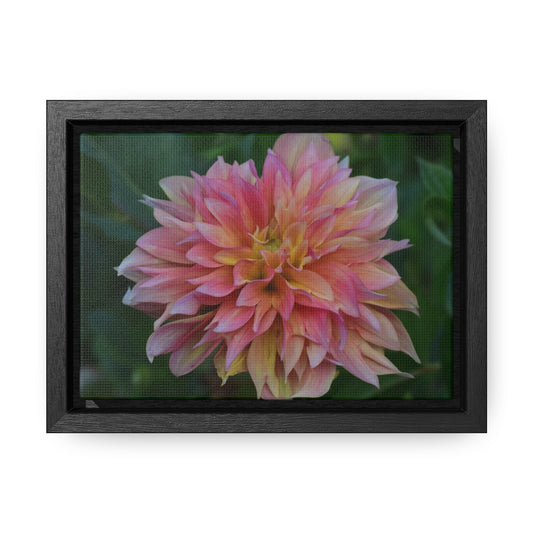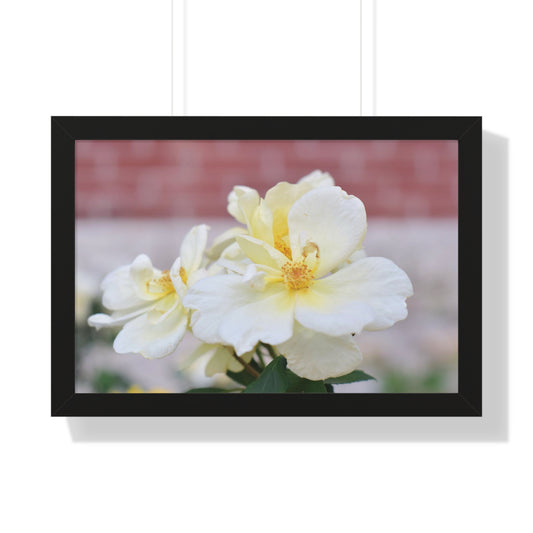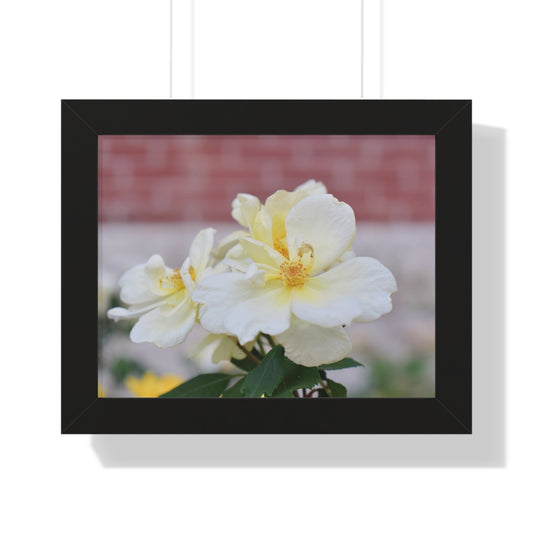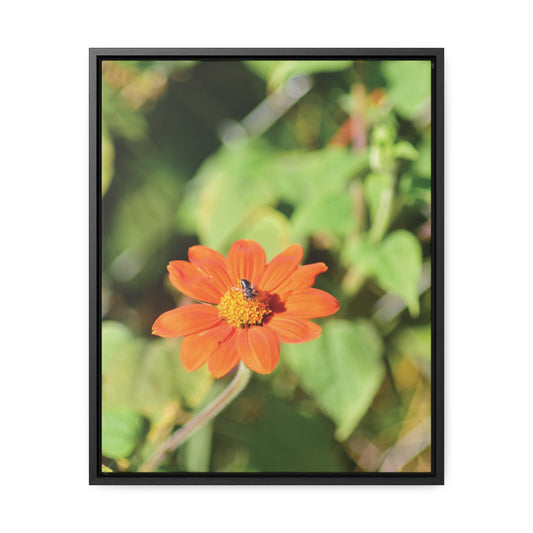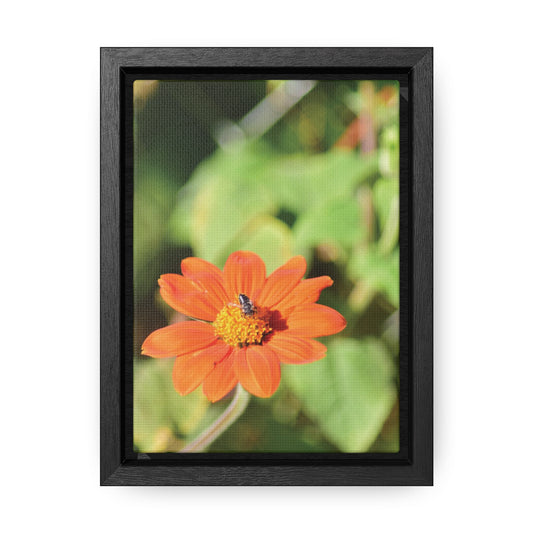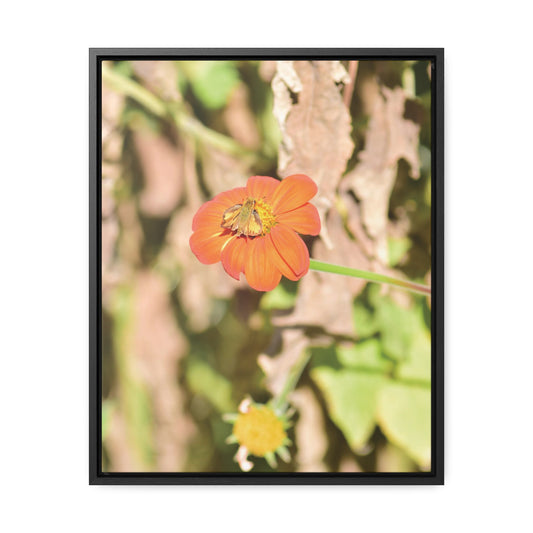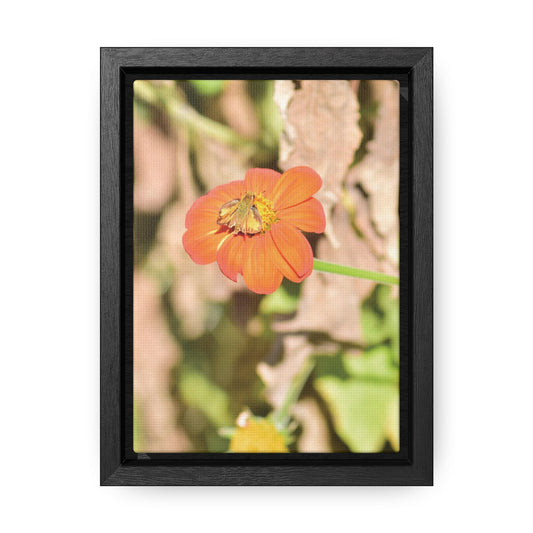The Zinnia blossom is a bright and colorful flower that has been popular for many centuries. This annual flower graces landscapes in a variety of sizes, shapes, and colors. While many people recognize the Zinnia blossom for its beauty, it is also known for its long and interesting history.
The story of the Zinnia blossom dates back to the 16th century when it was first discovered in Mexico. It was given the name Zinnia, in honor of German botanist Johann Gottfried Zinn who first described the flower in 1759. The flower was named after him because of his contributions to botany.

In the late 1700s, Zinnia blossoms were brought to Europe, specifically to England for cultivation. It wasn’t until the early 1800s, however, that the first hybrid Zinnia was developed. In 1804, the hybrid Zinnia ‘Chrysanthemoides’ was produced in Paris. This specific Zinnia is still grown today and is referred to as the ‘French Marigold’.
In the mid-1800s, the Zinnia was introduced to the United States and quickly became a popular flower in American gardens. In the early 1900s, the US Department of Agriculture released several Zinnia varieties including ‘Damask White’ and ‘Double Mix’.
Today, the Zinnia blossom is a popular flower for gardens and landscapes from the United States all the way to Europe. Hundreds of hybrid varieties have been developed and are available for gardeners to grow in their landscapes. The colors, shapes, and sizes of the Zinnia make it a popular choice for bordering garden beds or creating eye-catching containers.
The Zinnia blossom is an iconic flower with a long and interesting history. Its beauty has made it a popular choice in gardens around the world for centuries. No matter where you live, a Zinnia can bring beauty and color to your outdoor space.
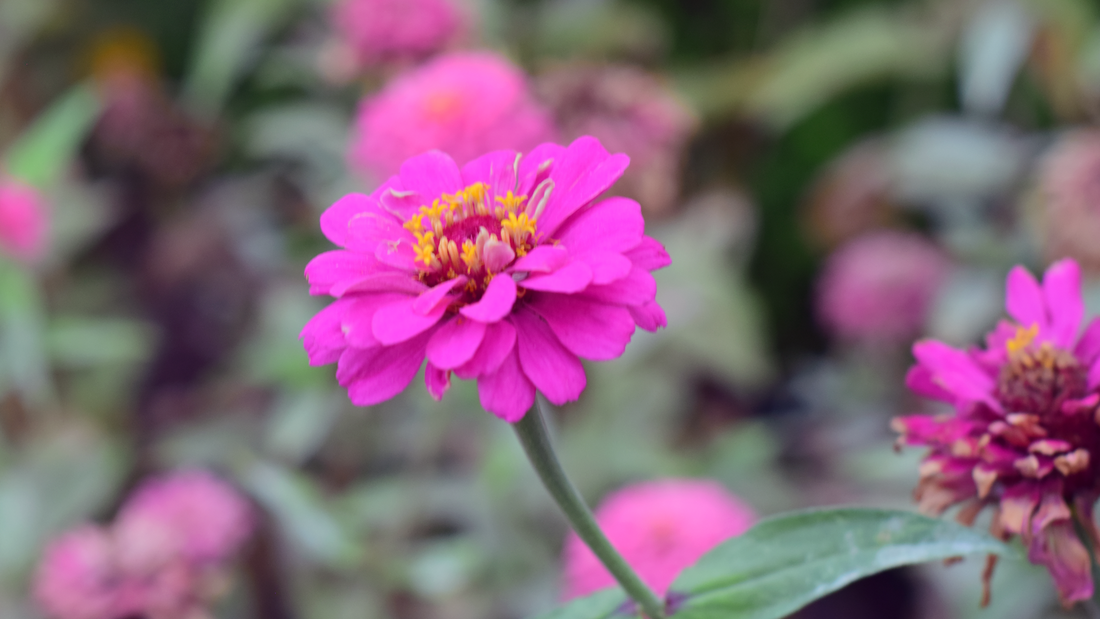
 Share
Share
